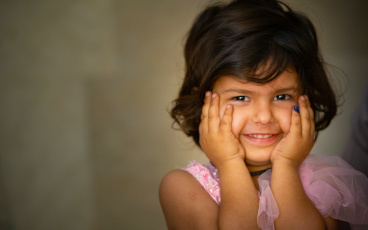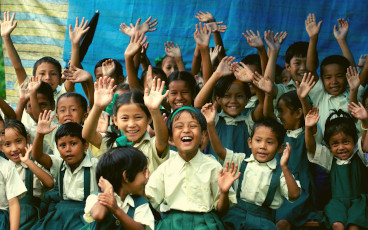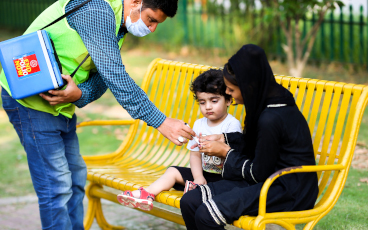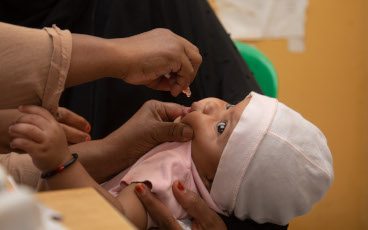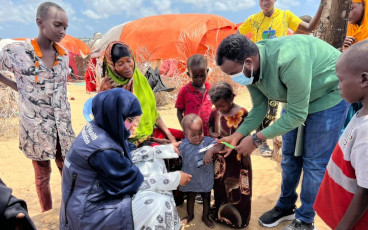Polio Eradication: measuring ourselves every step of the way
At the start of 2015, global and regional bodies have been meeting to evaluate progress and establish strategies for the coming year.
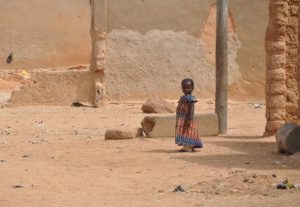
2014 was a significant year for global polio eradication. While we faced challenges such as the rising number of cases in Pakistan and the Ebola outbreak in western Africa which stopped polio vaccinations, progress in the response in the Middle East, Horn of Africa and central Africa lessened the threat posed to children in outbreak countries. This set the stage for 2015 to be a significant year for the programme. As a result, several major global and regional bodies met in the first quarter of this year to examine the situation in depth and to develop strategies to finish the job once and for all.
The need for global solidarity in the fight against polio was emphasised both at the meeting of the World Health Organization’s Executive Board in January and through additional Temporary Recommendations made at the fourth meeting of the Emergency Committee under the International Health Regulations (IHR).
In addition to the extension of the recommendations that have been in place since May to reduce the risk of international spread of the virus, countries currently exporting poliovirus were advised to coordinate with neighbouring countries to strengthen surveillance and to ensure that refugees, travellers and cross border populations, who are often left vulnerable, are reached with vaccines. The Executive Board expressed alarm at the high levels of polio transmission in Pakistan, the home of 85% of cases globally in 2014, and underlined the importance of international support in helping to address the challenges the country faces in ending this threat to children everywhere. The Director General of WHO addressed Pakistan to emphasise the global importance of this, stating: “Your country will be the one that delivers a polio-free world. It will be a historic achievement.”
In addition to this global focus, the regions and countries most vulnerable to polio have been meeting to discuss steps forward. In January, the Expert Review Committee (ERC) met in Nigeria and a Polio Outbreak Response Meeting took place in Beirut to track progress in the Middle East. The following month, a Technical Consultation took place in Pakistan to measure progress along the low transmission season plan, and the Horn of Africa Technical Advisory Group (TAG) met in Nairobi.
Common across the findings of these objective reviews was the need to strengthen capacity to reach missed children to remove the potential breeding ground of the virus. In Pakistan and the Middle East, the importance of reaching mobile populations was identified as a particular challenge. The Horn of Africa TAG identified 200,000 children who remain unreached in south central Somalia, and insecurity in some areas of Nigeria pose a threat to the cautious optimism that is building across the African continent with over six months since the most recent case. The immunity gaps identified by each of these reviews underscore how important it is to reach every last child if transmission is to be stopped for good.
This year provides a unique window of opportunity for countries to work together to increase levels of immunity against polio. There is no technical reason why 2015 should not be the year that polio transmission is ended for good, so long as every child is immunized and surveillance systems are strong enough to identify transmission wherever it remains. The Executive Board called for a Resolution to be brought to the World Health Assembly in May to reinforce global commitment to seeing the threat of polio removed from the world.


